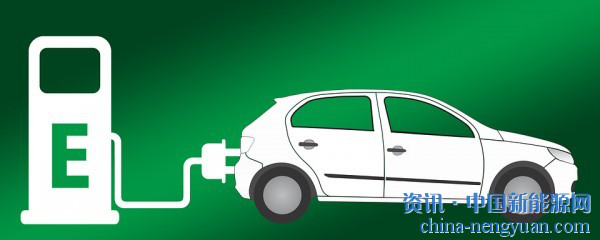With the rapid development of new energy vehicles, the number of charging piles is increasing day by day, and the importance of charging infrastructure construction is becoming increasingly obvious. So, what is the market scale of charging pile construction in China in the future? What will be the specific development trend?
For pure electric vehicles, power replenishment includes several basic modes, such as wired charging, wireless charging, and power exchange. From the consumer's point of view, the continuous demand for energy supplement is convenient, fast and cheap. Among different energy replenishment modes, wired charging with charging piles is the most widely used charging mode, which has simple structure and high efficiency.

In terms of the scale and type of charging piles, according to "Current Technology and Development of China's Electric Vehicles" researched by Electric Power Research Institute, combined with the draft of "New Energy Vehicle Industry Development Plan (2021-2035)", the number of new energy vehicles in China in 2025 can be regarded as the benchmark scenario.
Industry experts predict that from 2020 to 2025, the construction of public charging piles and the growth rate of new energy vehicles in China will be basically synchronized, and the ratio of vehicles to piles will be between 5:1 (optimistic scenario) and 10:1 (cautious scenario). Compared with the current situation, the proportion of private charging piles has increased to a certain extent, and the ratio of vehicle to pile is between 3:1 (optimistic scenario) and 5:1 (cautious scenario).
Considering the great impact of overcharged piles on the power grid, by 2025, the public charging piles in China will be mainly DC fast charging piles with power of about 60kW~80kW, while the private charging piles will be mainly AC slow charging piles with power of 7kW.
By 2030, the number of new energy vehicles will increase to more than 60 million. By then, the proportion of public charging piles will be maintained with a high probability, while the proportion of private charging piles is expected to continue to increase, which will further reduce the overall vehicle-pile ratio. Under this basic assumption, industry experts expect that the number of charging piles in China will exceed 8 million in 2025, including 2.75 million public charging piles.
Slow charging is given priority to, and emergency fast charging is supplemented
The research results from China CITIC Construction Investment Co., Ltd. pointed out that from the charging pile user habits, the increasing number of new energy vehicles will have a certain impact on the power grid if there is no suitable charging habit matching.
Therefore, slow charging is the main method and emergency fast charging is the auxiliary method, which guides users to charge reasonably and orderly by means of time-of-use electricity price, and makes users form the habit of using valley power, which will become a reasonable means to use charging piles with high probability.
According to relevant data, in terms of business model and market space, the total value of charging piles in China will be close to 100 billion yuan in 2025, which is estimated by the value of single pile with slow filling and 30,000 yuan with fast filling. Considering the mileage of passenger cars and commercial vehicles, and the difference in unit price of charging and service fees, the total charging and service fees of new energy vehicles in China will exceed 60 billion yuan in 2025.
The rationality of moderately advanced charging infrastructure construction lies in the fact that large-scale charging pile construction, waiting for cars by piles, may lead to a decline in charging service fees and total value of charging piles. That is to say, large-scale charging pile construction ahead of schedule but charging disorder, its economic and social benefits are less likely than moderately advanced charging pile construction, and at the same time, users are guided to charge orderly. In addition, if the income from value-added services is taken into account, there will be more room in the actual market of new energy vehicles.
Concluding words
Four aspects, i.e. driving range, convenience of vehicle charging, vehicle safety and power battery recovery, are necessary guarantees for the long-term healthy development of China's new energy automobile industry. It can be predicted that with the gradual increase of the number of new energy vehicles in China, the effective demand for charging pile construction and charging service will also be greatly improved. (Source: Auto and Parts Magazine)